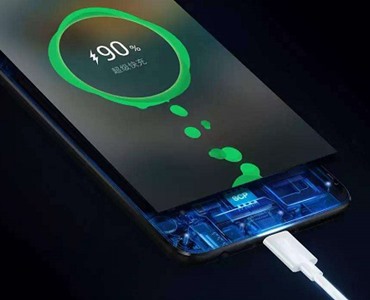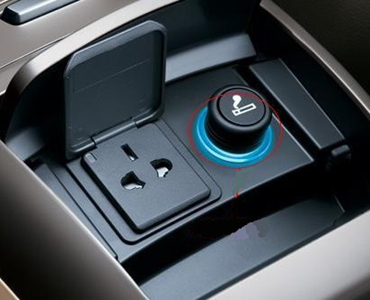762 views Yuda Electronic (HK) Technology Co.,Limited. 2018-05-21
A new study published online in the journal Science Advancement shows that: a separator made of a core-shell structure made of electrospinning material, the polymer shell will dissolve at a high temperature, release the flame retardant material, and can effectively prevent the explosion of lithium phone batteries.
Lithium phone batteries are now widely used in electronic devices such as smart phones, tablet computers, smart hardware, and so on. In addition, it is also considered one of the most promising energy sources for electric vehicles. It has the advantages of high energy density, stable cycle performance, environmental protection, and long life.
However, safety is an important factor that hinders the development of lithium batteries. In recent years, there have been frequent reports of lithium battery burning and explosion accidents, such as Samsung galaxy note 7 explosion, Tesla electric vehicle auto-ignition, lithium battery factory fire, etc.

At present, the industry generally believes that the explosion of lithium batteries is related to the flammable organic electrolyte. The hidden danger of this flammable electrolyte is the main factor hindering the further development and application of lithium batteries.
How did the lithium battery explode? For example, when an internal or external short-circuit occurs in a lithium battery, a large amount of heat is released inside the lithium battery within a short period of time, and the temperature rises dramatically, resulting in loss of heat control. This flammable electrolyte then ignites, eventually causing the battery to burn or even explode.
at present, for the flammability of the electrolyte, such as the use of solid electrolytes, the development of solid-state lithium batteries, but its higher cost. In addition, there is the use of new energy supply methods, such as the use of human kinetic energy to provide energy to electronic devices, the current program is still in the experimental stage.
Another direct solution is to add flame retardants to existing electrolytes. However, in order to complete the flame retardancy, it is necessary to add a large amount of flame retardant in the electrolyte, which will correspondingly reduce the ionic conductivity of the electrolyte and significantly affect the electrochemical performance and energy density of the lithium battery.
Researchers at Stanford University in the United States have created a new type of electrospinning separator, which has a thermal triggering function and an internal flame retardant that can be used to prevent lithium ion batteries from burning.
In this structure, the flame retardant is packaged inside the polymer protective shell to prevent the flame retardant from directly dissolving into the electrolyte, thereby adversely affecting the performance of the battery. When the internal heat of the lithium battery is too high, the polymer protective shell will dissolve due to the high temperature and release the flame retardant, thereby effectively inhibiting the highly flammable electrolyte from burning.
The structure and function of this new type of electrospun microfiber separator are as follows:

(A) This separate separator consists of microfibers, the flame retardant is located in the core and the polymer is the shell. The flame retardant is packaged inside the protective shell of the polymer so as to prevent direct dissolution in the electrolyte and adversely affect the electrochemical performance of the battery.
(B) When the heat is too high, the protective shell of the polymer dissolves. Then the flame retardant packaged inside is released into the electrolyte, effectively preventing ignition and burning of the electrolyte.
In addition, the scientists also mentioned a schematic diagram of microfibers under a microscope:

Flame retardants use a cheap, powerful, commonly used material. During normal operation of the battery, the flame retardant will be well contained inside the polymer protective shell. When the temperature of the separator is too high, the polymer shell dissolves. In the experiment, the flame retardant completely extinguishes the electrolyte fire in only 0.4 seconds.
As shown in the figure below, the lithium battery caught fire in 0.3 seconds and the fire was extinguished at 0.7 seconds.

Researchers have shown that future research includes further testing of such separators, such as overcharging or overdischarging tests.

Cell phone accessories wholesale business can get high profits. But the market is fierce. Big bra...

Does fast charging reduce phone battery life? In order to allow everyone to understand this matt...

How to install the car charger: 1. Insert the USB power adapter into the car cigarette lig...